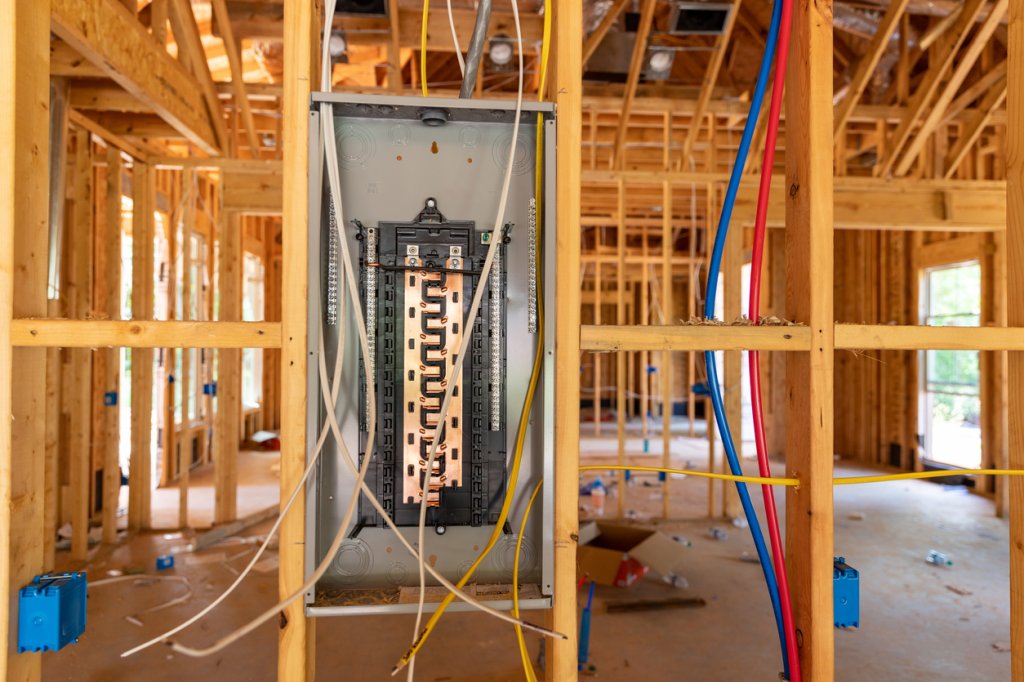Electrical Injuries Safety Talk
Every year, thousands of workers are hurt or even fatally injured in construction site accidents. Construction workers and electrical contractors are at risk for serious electrical injuries, including thermal burns and electrocution.
It is crucial that you are able to recognize and identify electrical hazards around you at work. If you have a thorough understanding of electrical risk, you can help keep yourself and your coworkers safer.
Electrical hazards and tips
Electrical hazards are unavoidable in construction.
Some examples of common electrical hazards include:
Energized overhead power lines
Lightning
Working on energized equipment
Improper grounding
Damaged insulation
Defective equipment
Arcing accidents
Falls
Tips to keep electrical injuries from happening in the workplace:
Always identify any electrical hazards before you start working. Make sure the hazards are labeled clearly so that others may also be aware.
Always keep your equipment away from energy sources. Also, only use equipment that is made for the task at hand.
Use non-conductive ladders when you are climbing to keep from getting shocked at significant heights. This can also help prevent falls.
Watch out for outlets that are hot to the touch. This could indicate bad wiring and could result in an electrical fire and injuries.
Never nail or staple extension cords into place. If you need to secure wires, use electrical tape. Damaged cords can also lead to electrical shock and fire, so do not use cords that have been damaged. Make sure you inspect cords before each use.
Always wear the proper protective clothing and use insulated tools when around electrical hazards.
Be smart. If you see something that looks like it is a hazard, be careful and report it to your supervisor as soon as possible.
Preventative measures often feel like overkill, but the truth is, you can never be too safe around electricity. Following electrical safety steps is an essential everyday task.

Electrical injuries
Electrical injuries occur in many ways at work and can lead to burns, heart problems, muscle spasms, loss of breath, and other serious conditions.
Here are examples of common electrical injuries:
Burns - Electrical burns are the most common type of injury related to electric shock. They are caused by the heat produced by the flow of electric current through the body. Burns caused by electricity may damage limbs, internal organs, and other body tissue. Extensive burns that cover over 40% of the body may cause severe infection or even death.
Arc burns - The most common contact points for arc burns are the hands, feet, and head. These burns may cause widespread tissue damage.
Internal injuries - When you have excessive amounts of electricity moving through the body, this can cause internal bleeding, tissue damage, nerve damage, muscle damage, irregular heartbeat, and even cardiac arrest.
Involuntary muscle contractions - An electrical shock can also cause loss of muscle control or involuntary muscle contractions. This can cause damage to muscles and ligaments.
Scarring and disfigurement - Electrical burns may also cause extensive scarring and disfigurement and require multiple reconstructive surgeries.
Factors that affect severity of injury from electric shock:
The intensity of the current
The type of current- alternating current or direct current
Which part of the body the current reaches
How long a person was exposed to a current
Types of injuries from contact
There are four major types of electrical injuries: flash, flame, lightning, and true.
Flash injuries are caused by an arc flash and are typically associated with superficial burns. No electrical current travels past the skin.
Flame injuries occur when an arc flash ignites an individual's clothing and the current may or may not pass through the skin.
Lightning injuries are those involving extremely short but very high voltage electrical energy and are associated with an electrical current flowing through the entire body.
True electrical injuries involve an individual becoming part of the electrical current. In these cases, it is common to see the entrance and exit points.
What to do if you identify an electrical hazard
If you see a safety hazard, you should always alert other workers around you. You should then quickly notify your supervisor so the hazard can be addressed promptly.
Remember, it is better to be safe than sorry when dealing with electricity.
Find and schedule topics faster
Raken's toolbox talk app makes it easy to choose from a pre-loaded library (or upload your own), then schedule and assign topics for any project. We'd love to show you how in a demo, and get you started on a free trial.